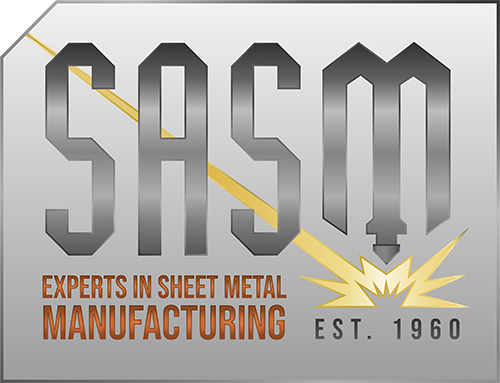Powder coating is applied as a free-flowing, dry powder (either thermoplastic or thermoset polymer). Unlike a liquid paint, a powder coating doesn’t require a solvent to keep the binder and filler parts in a liquid suspension form. Powder coatings also create a harder, tougher finish.
Powder coatings are mainly used for coating of metals like white goods, aluminium extrusions, and automobile and motorcycle parts. The powder coating is applied electrostatically before being cured under heat so it flows and forms a ‘skin’.
Advantages of a powder coating over liquid coatings:
- Emits zero or near zero volatile organic compounds (VOC)
- Produces a much thicker coating, without running or sagging
- Economical – overspray can be recycled
- Produces less hazardous waste
- Lower capital equipment and operating costs
- Greater consistency between horizontally and vertically coated surfaces
- Versatile – wide range of special effects can be easily obtained
For optimum handling and ease of application, most powder coatings have a particle size of between 30 and 50 μm and a TG > 40° C. Film build-ups of greater than 50 μm may be required to obtain an acceptably smooth film.
The surface texture which is considered desirable or acceptable depends on the end product. For instance many manufacturers prefer to have a certain degree of ‘orange peel’ since it helps to hide metal defects and also fingerprints.
Powder coatings of less than 30 micrometres or with a TG < 40° C resulting in smooth thin films is a specialised operation. One variation of the dry powder coating process – powder slurry – combines the advantages of powder coatings and liquid coatings by dispersing very fine powders of 1–5 micron particle size into water, allowing very smooth, low film thickness coatings to be produced.
Types of powder coatings:
- Thermoset – Incorporates a cross-linker into the formulation. When baked the powder reacts with other chemical groups in the powder polymer and increases the molecular weight and improves the performance properties.
- Thermoplastic – No additional reactions during the baking process; flows out into the final coating.
The most common polymers are polyester, polyester-epoxy (known as hybrid), straight epoxy (fusion bonded epoxy) and acrylics.
Powder coating production:
- Polymer granules are mixed with hardener, pigments and other powder ingredients in a mixer
- Mixture is heated in an extruder
- Extruded mixture is rolled flat, cooled and broken into small chips
- Chips are milled to make a fine powder

